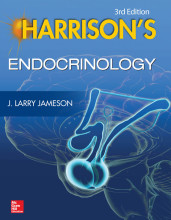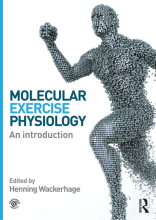Summary: Skeletal Muscle Chapter 14
- This + 400k other summaries
- A unique study and practice tool
- Never study anything twice again
- Get the grades you hope for
- 100% sure, 100% understanding
Read the summary and the most important questions on Skeletal Muscle Chapter 14
-
1 Embryonic origins and fetal development
This is a preview. There are 3 more flashcards available for chapter 1
Show more cards here -
From which embryonic cell layer are skeletal muscles cells derived?
The embryonic mesodermal layer -
What are the precursors of satelite cells?
myoblasts that retain mitotic potential. -
Name the order of development of a muscle cell from stem cell to myofiber.
- mesodermal stem cell
- myoblast
- primary myotube
- secondary myotube
- myofiber
-
What is special about the connection between primary and secondary myotubes?
They share the same basement membrane, until further development seperates the tubes by personal membranes. -
The soleus has mainly slow twitch fibers, what is thought about the origin of the soleus myofibers?
They probably originate from primary myotubes. -
When during the gestation period are the first contractile elements formed?
Around the ninth week of gestation. -
Which factors initiate the transition from myoblasts to myotubes?
myf genes like myf5, myoD, MRF4 and myogenin -
Which factor inhibits the transition from myoblast to myotube?
Myostatin, it inhibits the function of myoD -
When during the gestation do myotubes start to proliferate?
From 11 weeks onward -
When during the gestation do tertiary myotubes occur?
Around the 16th week.
- Higher grades + faster learning
- Never study anything twice
- 100% sure, 100% understanding
Topics related to Summary: Skeletal Muscle Chapter 14
-
Embryonic origins and fetal development
-
Connections between nerve and muscle - First contact
-
Connections between nerve and muscle - Loss of multiple innervation
-
Muscle growth during childhood and adolescence
-
Ageing and muscle function
-
Influence of chronic activity
-
Overload and strength training
-
Adaptation to decreased muscle use - Immobilization
































